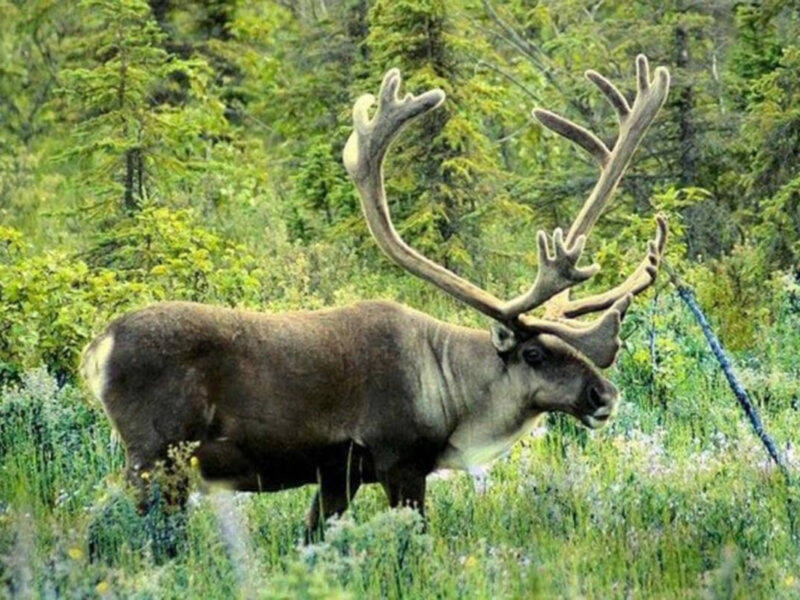As the Supreme Court of the Northwest Territories prepares to conduct a judicial review concerning hunting rights in the Sahtu region, the chief of Colville Lake says his community already has the traditional knowledge to manage the local caribou population.
“We’ve been doing this all our life, and it’s just natural to us,” said Wilbert Kochon.
At the heart of the case is a tag and quota system that the Department of Environment and Natural Resources (ENR) uses to limit hunting of the vulnerable Bluenose West caribou herd. Following the first of a series of public hearings on caribou conservation in the region, the Sahtu Renewable Resources Board (SRRB) recommended that the tag and quota system be replaced by a community management plan. However, ENR ruled that the Colville Lake Renewable Resources Council (CLRRC) does not have the authority to manage such a plan. This and subsequent rulings by the department prompted the CLRRC, the Behdzi Ahda First Nation and the Ayoni Keh Land Corporation to file a lawsuit.
The Supreme Court will now have to decide if ENR Minister Shane Thompson was justified in his rulings.
“Ultimately, we think it comes down to a misunderstanding on the part of the minister of what the treaty requires, and perhaps a mistrust of the ability of the Dene to do what they have always done, which is manage their own relationship with caribou,” said Larry Innes, a lawyer representing the applicants in court.
Deline has a similar community management plan that ENR approved.
“That is the outcome that Colville Lake would like to see,” said Innes. “They believe that they have a system of managing the harvest of caribou within their community. That system has worked for 10,000 years, and they’ve managed to maintain a relationship with caribou following their system and their laws.”
Currently, the parties are awaiting a decision from Justice Andrew Mahar on whether the SRRB and the Inuvialuit Game Council will be allowed to join the lawsuit as interested parties. Although CLRRC took no stance on the SRRB’s request to join the lawsuit, Innes said the council opposed the Inuvialuit Game Council joining the lawsuit “simply on the grounds that this is a matter that is dealt with within the Sahtu settlement area, and in accordance with the Sahtu treaty. So we think it added unnecessary complexity to a case that is, frankly, already complicated enough.”
The decision to allow the two parties to join the lawsuit is expected to be made in April.
Kochon said he hopes his community and ENR can work together rather than against each other.
“I think that would be the best solution,” he said.
It’s anticipated that the judicial review will take place in the fall.
A spokesperson for the GNWT cabinet said Thompson could not comment on the case while the matter is before the courts.
NNSL Media also reached out to the legal team representing the GNWT in court. The request was forwarded to the Department of Justice, who also declined to comment on a matter before the courts.
Neither the SRRB nor the Inuvialuit Game Council returned a request for comment.
